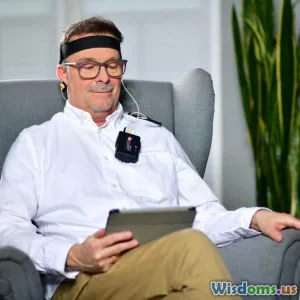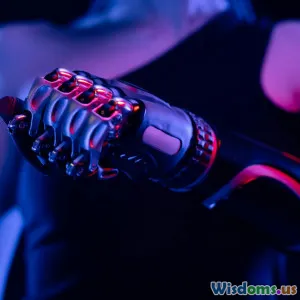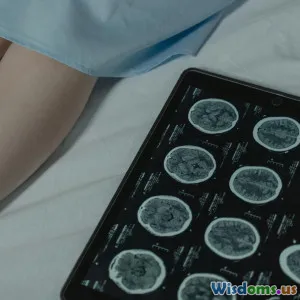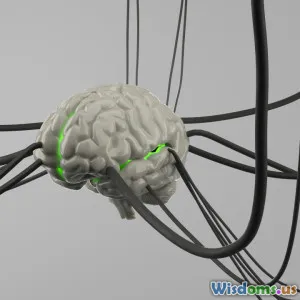
Can Brain Implants Unlock New Treatments for Paralysis?
17 min read Discover how brain implants are revolutionizing treatments for paralysis and restoring mobility through advanced neural technologies. (0 Reviews)
Can Brain Implants Unlock New Treatments for Paralysis?
Paralysis was once considered an unyielding barrier—a consequence of neurological injury that science could not convincingly surmount. But in recent years, bold advances in neurotechnology have reframed our expectations. At the forefront sits a remarkable innovation: brain implants, devices that mediate the human mind’s intention into physical movement once again. Once a fixture of science fiction, these devices are now reshaping medicine’s approach to treating individuals affected by spinal cord injuries and other paralytic disorders.
Is the promise of brain implants hype, or are they poised to unlock genuine advances for people living with paralysis? This article explores the science, the clinical breakthroughs, ongoing challenges, and the horizon of neuro-restorative care.
The Science of Brain-Computer Interfaces

Brain implants are a specialized kind of brain-computer interface (BCI). At their core, BCIs are technologies that sense, interpret, and translate brain activity into actionable outputs. Most commonly, implants use tiny electrodes to detect the firing patterns of individual neurons or clusters of cells in regions controlling movement.
The motor cortex plays a starring role. Here, intricate bursts of neural signals correspond to thoughts such as “move my right hand” or “flex my foot.” When injury disrupts the pathway transmitting these signals—such as a spinal cord lesion—the movement intention never reaches its target. But if those signals are intercepted and relayed via an artificial channel, movement might be restored.
How do implants work? A typical system involves:
- Electrodes: Implanted directly into or on the surface of the brain, recording neural activity in real time.
- Signal processing unit: Interprets and decodes the neural language—translating complex patterns into actionable commands.
- Effector interface: Sends those commands to external devices (like robotic arms) or stimulates a patient’s own muscles via electrical pulses (functional electrical stimulation).
As miniaturization and signal-processing sophisticate, the gap between cognitive intent and reanimation of paralyzed limbs shrinks ever more impressively.
Pioneering Success Stories: From Labs to Living Rooms
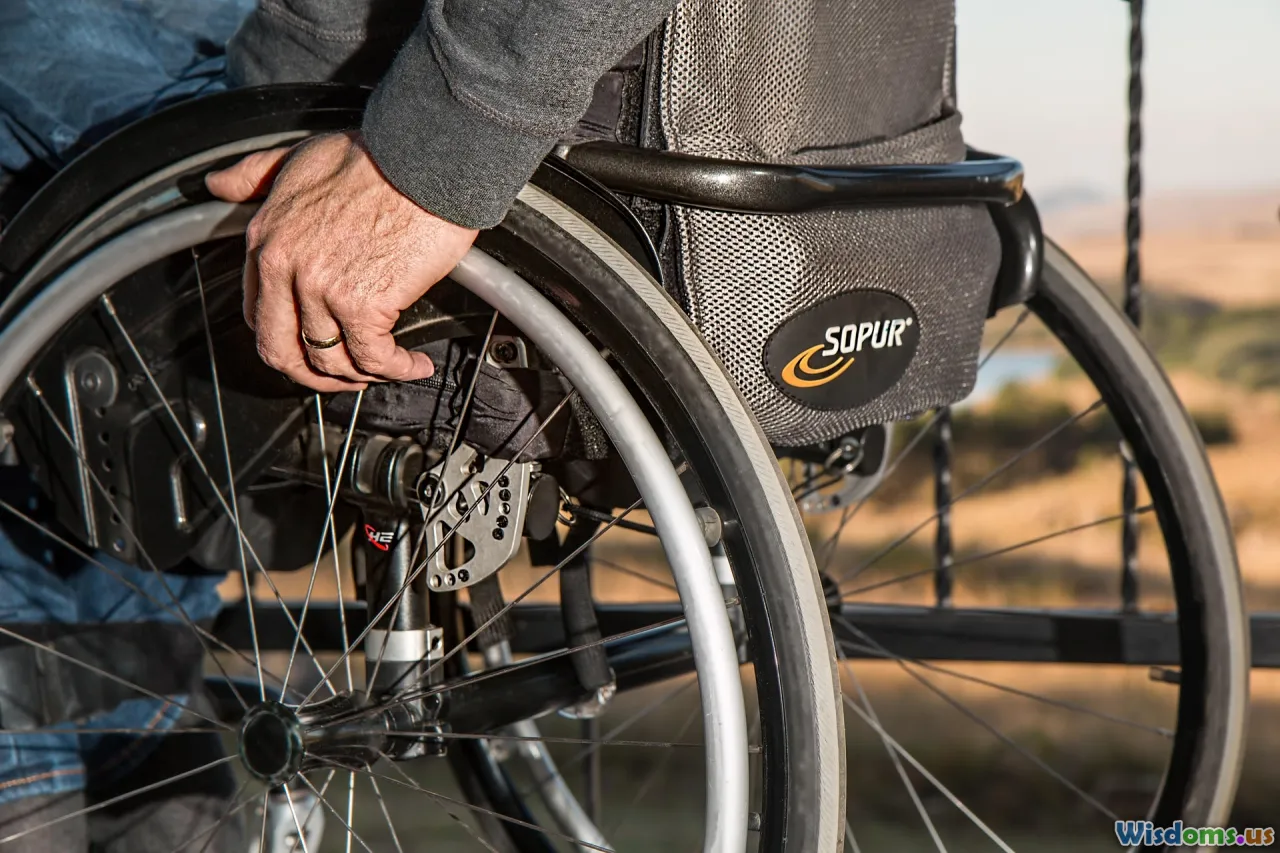
Real-world applications of brain implants—often previously limited to controlled laboratory settings—are transitioning to home environments and clinical use. Several striking example highlight accomplishments and ongoing evolution in the field.
The BrainGate Consortium
Launched in the early 2000s, the BrainGate consortium pioneered the use of implanted microelectrode arrays in individuals with spinal cord injury, ALS, and brainstem stroke. One participant, Matthew Nagle, made history in 2006 by using his mind to control a cursor on a computer screen and open simulated e-mails via a direct brain signal—an astonishing feat barely envisioned just years before.
Thought-Controlled Prosthetics
The University of Pittsburgh and other centers have demonstrated modular prosthetic limbs controlled directly by implants. In a captivating 2012 demonstration, paralyzed patient Jan Scheuermann used her thoughts to grasp, manipulate, and feed herself a chocolate bar—thanks to real-time decoding of her neural intentions.
Brain-Spine Interfaces
In 2023, researchers at the École Polytechnique Fédérale de Lausanne (EPFL) reported a neuroprosthetic breakthrough for patient Gert-Jan Oskam, who was paralyzed in a bike accident. Their system combined a brain implant recording intention with a wireless link to spinal implants, effectively bypassing the damaged area. For the first time, this allowed Mr. Oskam to walk naturally using his mind—both with and without the device after months of therapy, suggesting that neural re-conditioning occurred.
At-Home Adaptations
Many recent clinical trials focus on engineering systems robust and user-friendly enough for home deployment. Portable versions of implantable BCI technology have enabled paralyzed volunteers to control digital devices, type emails, interact socially, and start regaining a sense of autonomy outside hospital settings.
These stories offer a lens into what is technically possible—a vital precursor to widespread adoption. Each successful case involves cooperation across neurosurgery, engineering, rehabilitation, and patient resolve.
How Brain Implants Are Shaping the Future of Rehabilitation

Therapeutic strategies for paralysis used to rely almost wholly on compensation—learning to live with or adapt to lost function. Brain implants now show potential not only for external compensation but, in some cases, for restoring voluntary control of real muscles and rebuilding lost neural circuits.
Neuroplasticity: Rewiring the Injured Nervous System
Functional recovery after spinal cord injury is complicated, but not impossible. Chronic immobility weakens the signals that promote neuroplasticity—the brain and spinal cord’s capacity to reorganize and repair themselves. When brain implants bridge the gap, they can help "wake up" dormant connections. As in the case of Gert-Jan Oskam, repeated use of a thought-to-movement interface helped re-establish direct voluntary pathways, even when the prosthetic was turned off.
New Rehabilitation Protocols
Programs now combine BCIs with intensive physiotherapy to encourage both mechanical and neurological improvements. For example:
- Paired electrical stimulation: By timing spinal stimulation devices to enhance signals detected by the brain implant, therapists can guide increasingly naturalistic movements.
- Feedback loops: Sensory inputs from robotic exoskeletons or wearable suits provide real-time feedback to the brain, which is crucial for motor learning.
Integration with Mixed-Reality Technologies
Companies are experimenting with VR and AR environments that visualize a patient's desired movements, increasing engagement and retraining the brain’s motor maps. By augmenting rehabilitation this way, patients stay motivated and gain confidence in their regained abilities.
In sum, brain implants have transformed static rehabilitation practices into an interactive, dynamic dialogue between neural intention and body.
Comparing Brain Implants to Alternative Paralysis Treatments

Brain implants are not the only path for paralysis treatment. To appreciate their unique value, consider a comparison with other current and emerging therapies.
1. Physical Therapy Alone
Traditional physiotherapy, though vital for maintaining joint flexibility and muscle strength, often plateaus in its capacity to restore significant motor function, especially for those with complete paralysis. Brain implants, by actuating intended movements, could surpass this ceiling.
2. Accessible Exoskeletons
Robotic exoskeletons have transformed wheelchair-dependent patients into upright, mobile individuals. However, most exoskeletons rely on upper-body controls or preset walking programs—not direct mind-based intention. Integrating BCIs with exoskeletons could deliver a transformative leap, enabling intuitive, "just think and go" mobility.
3. Pharmaceuticals and Regenerative Medicine
The holy grail remains direct healing of the nervous system using stem cells or genetic engineering. Despite exciting laboratory results, these biological treatments are decades from safe, reliable clinical utility. In contrast, brain implants offer tangible functional improvements today, and can be combined with future biological therapies for a synergistic effect.
4. Non-invasive Brain Interfaces
Electroencephalography (EEG)-based BCIs involve no surgery and are advancing rapidly. Yet, they capture weaker, noisier signals, making fine-grained, real-time control less feasible compared to implanted electrodes. For life-changing movement restoration, the latter remain superior—but with higher risks (see below for safety analysis). Ultimately, patient needs, risk tolerance, and goals must guide choice of options.
Key Challenges and Safety Concerns

With rapid progress come genuine complications. Brain implants, while promising, are not without risk.
1. Surgical Risks and Longevity
Implanting electrodes in the brain or spinal cord involves invasive neurosurgery and carries risks: infection, hemorrhage, scarring (gliosis), and, rarely, device failure. Long-term performance can degrade as the body encapsulates or rejects foreign materials. To address this, newer devices utilize bio-friendly coatings, flexible substrates, and miniaturization to extend both safety and functional lifespan.
2. Adaptation and Learning Curve
Patients face a psychological and physical learning curve, often requiring months of training to master device use. Team support and assistive software, such as machine learning algorithms that adapt to an individual’s neural patterns, can help—but must be tuned for each person.
3. Device Security and Privacy
BCI systems, particularly those that connect with external hardware over wireless networks, are vulnerable to cyber threats and misuse. Ensuring encryption, robust authentication protocols, and data ownership rights is rapidly becoming one of the most prioritized concerns in the BCI field.
4. Equity and Accessibility
Modern BCIs are costly—often supported only in experimental trials. For implants to become a mainstream treatment, broad investment in scaling production, insurance reimbursement, and clinical training is necessary. History warns of widening "tech gaps" where only the wealthy benefit from advanced restorative therapies.
These factors underscore the importance of measured progress, comprehensive informed consent, and ongoing vigilance.
Innovations on the Horizon: Where Brain Implants Might Go Next
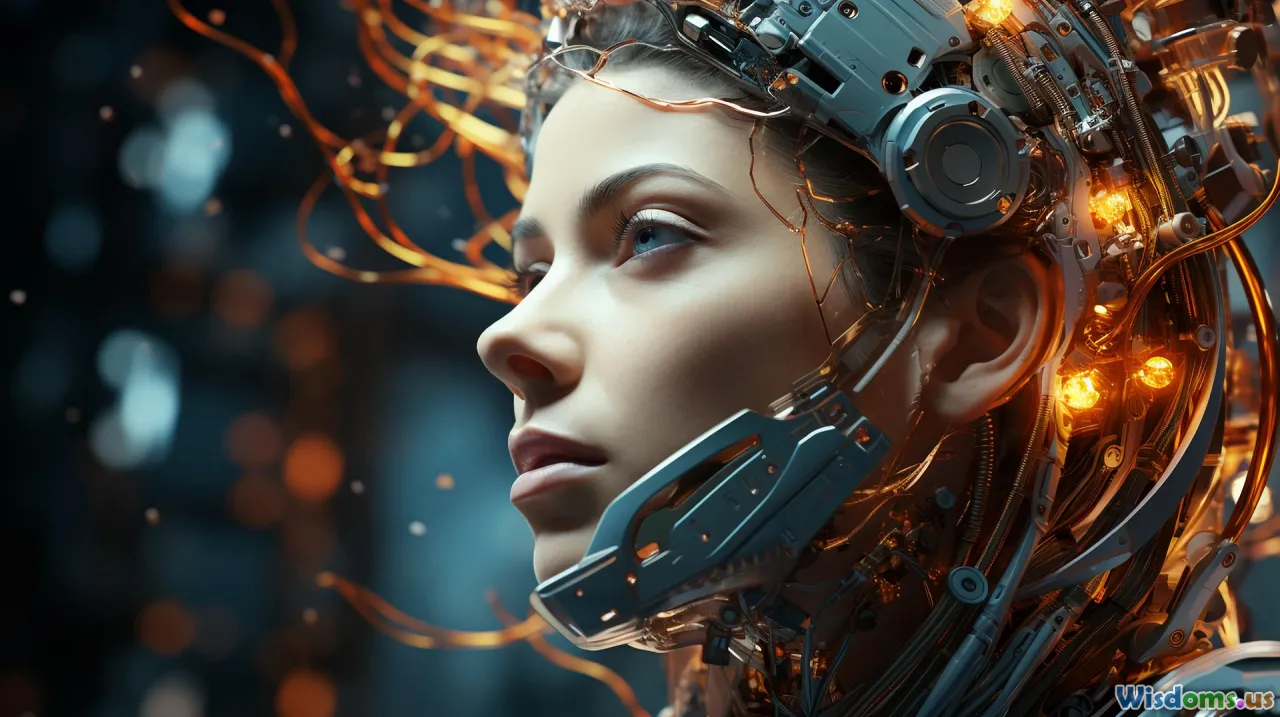
The pace of innovation in brain implant technology is nothing short of breathtaking. Several trends forecast both increased effectiveness and broader application.
Wireless, Fully Implanted Systems
New designs, such as Neuralink’s coin-sized devices and Synchron’s vascular-delivered electrode arrays, remove bulky connectors and have fewer exposed components. Such devices could be installed with less risk and offer improved comfort—paving the way for high-volume hospital adoption.
Higher Signal Resolution and Smarter AI
Machine learning and advanced signal processing promise to decode brain signals with improved accuracy, reducing training time and making interfaces more intuitive. Some start-ups are exploring closed-loop systems, automatically adjusting stimulation parameters for the clearest, most natural movements.
Expansion Beyond Movement Restoration
Some clinical trials now aim for sensation restoration—e.g., stimulating sensory cortex to return sense of touch, or targeting language areas to aid speech in locked-in patients. The vision is a fully bidirectional brain-machine interface, one that transmits both outflow (motor commands) and inflow (sensory feedback).
A New Paradigm for Neurological Disease
Clinical research is underway exploring BCIs for Parkinson’s disease, epilepsy, depression, and even memory disorders. Each adaptation brings this core technology closer to a toolbox for treating a variety of brain and nervous system injuries.
What Patients and Caregivers Should Know

For potential recipients and their families, navigating this revolutionary but unfamiliar terrain can feel overwhelming. Here are key points to consider:
- Selection Criteria: Not all patients are candidates for brain implants. Trials mainly target those with stable paralysis and clear neurological origins. Early consultation with specialists is critical.
- Realistic Expectations: BCIs are not a singular magic cure. Gains often require intensive participation and rehabilitation, with results varying widely.
- Community Involvement: Many success stories come from patient advocates courageously volunteering for pilot studies. Peer networks, such as patient forums and advocacy groups, offer emotional validation and evidence-based insight.
- Continued Medical Support: Life with a brain implant involves regular device checkups, technical troubleshooting, and ongoing coordination with therapists and neurologists.
These systems, though remarkable, function best in a human context—supported by clinicians, engineers, loved ones, and advocates.
Looking Forward: The Broad Impact of Brain Implants on Society
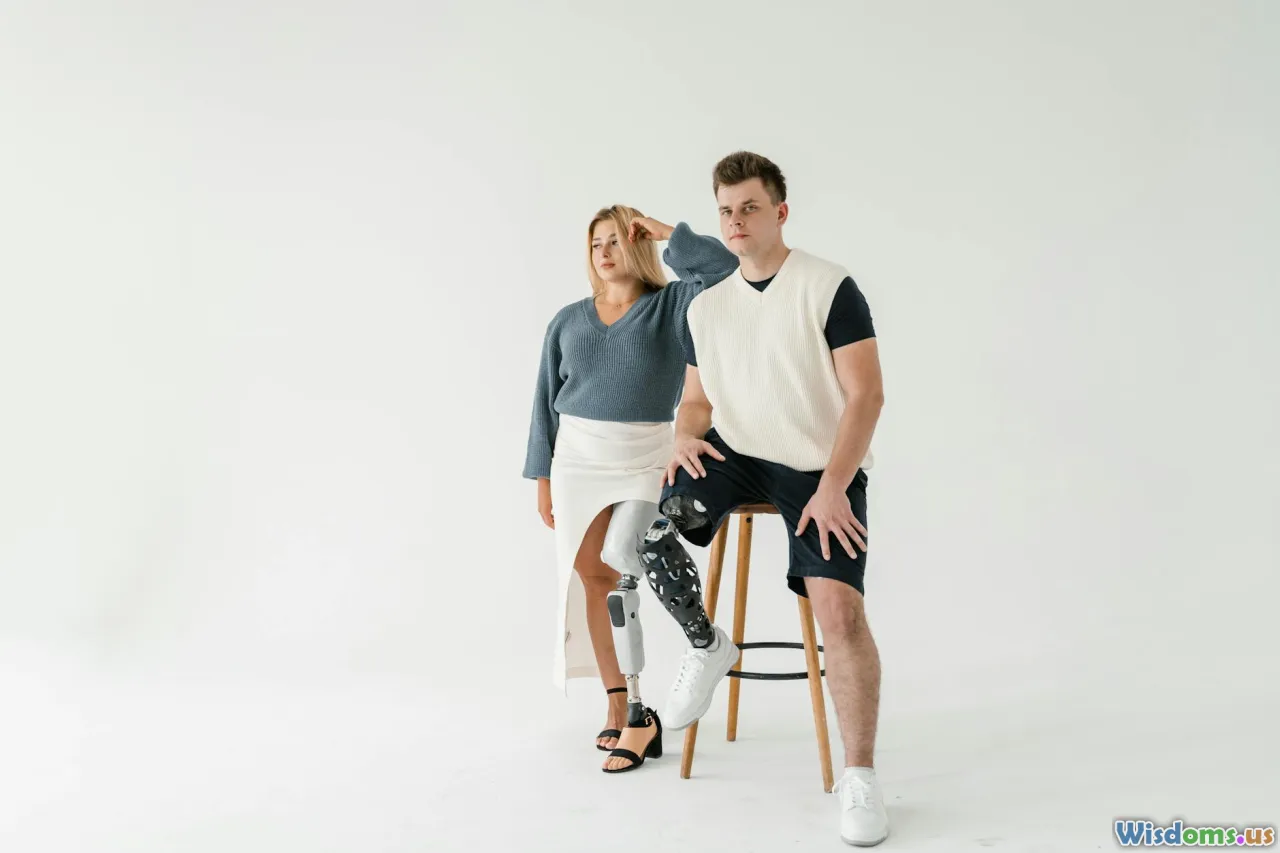
The quest to overcome paralysis is about more than restoring movement. The advancing capability of brain implants invites challenging, hopeful questions: What does it mean when neural intention itself can cross the chasm back into action? How should society allocate, regulate, and disseminate these tools?
As costs lower, training proliferates, and results diversify, there is potential to permanently change norms around disability, autonomy, and the possibilities of medicine. The success of brain implants will not just be measured in steps walked or limbs moved, but in self-reliance gained, community enriched, and human potential realized.
The day may soon come when the question is not "if" brain implants can help those with paralysis, but "how best" to make such empowerment universally available. Until then, ongoing collaboration across neurology, bioengineering, ethics, and lived experience will keep opening new frontiers—turning stories of triumph into standard practice in the journey to make mind over matter a daily reality.
Rate the Post
User Reviews
Popular Posts










